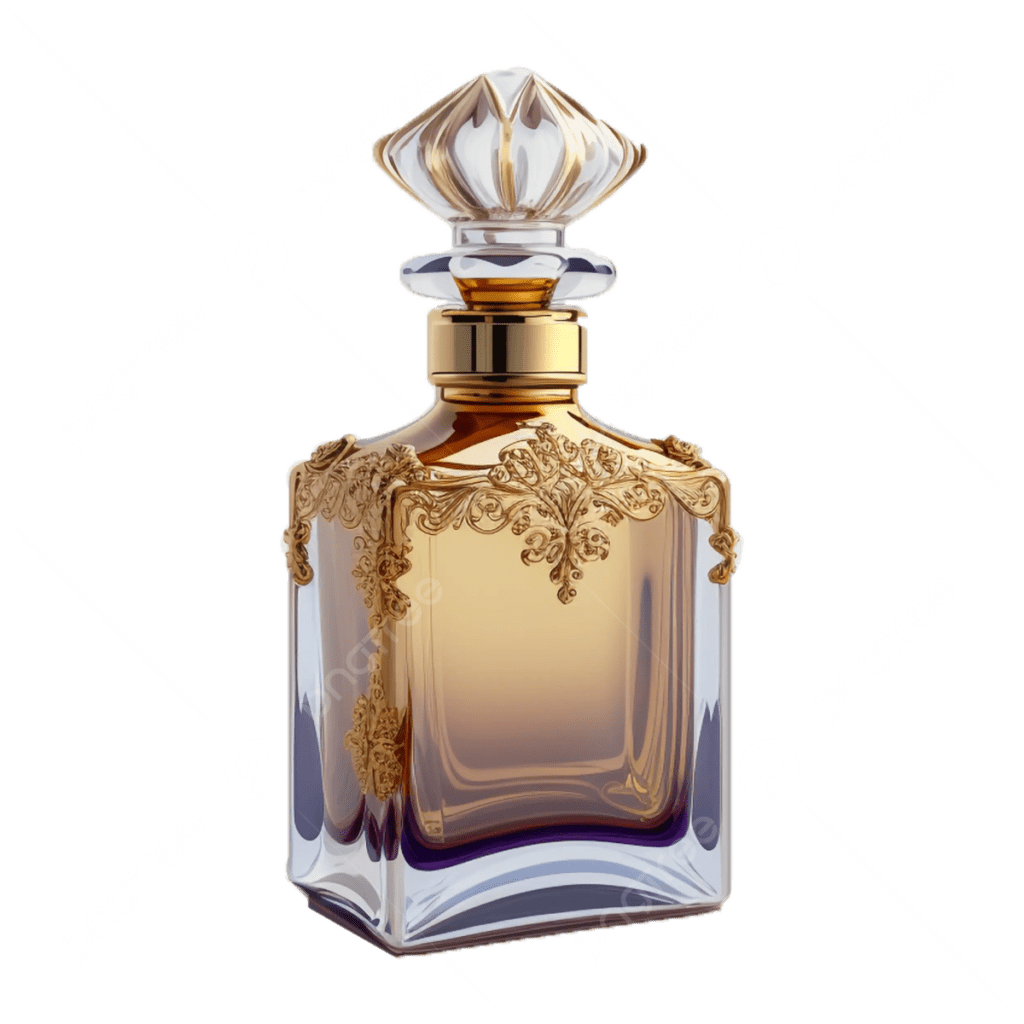Perfume, an olfactory symphony that weaves memories, feelings and identification, is an essential part of our daily lives. From the invigorating citrus notes that awaken our senses to the warm embodiment of amber and vanilla that linger on our skin, each perfume tells a completely unique story. But behind the magic of the intoxicating scent lies a hidden language –Codigo De Barras Perfume a code that bridges the space between the perfume in the bottle and the retail district. In this text, we delve into the realm of fragrance barcodes, discover their secrets and techniques, and explore their importance in the perfume business.
Birth of Barcodes: A Brief History
The concept of barcodes traced its origins back again to the late 1940s, when Bernard Silver, a graduate scientist at the Drexel Institute of Technology, overheard a conversation between a nearby grocery store owner and a university dean. The owner of Keep submitted the assignment: increase the device to routinely view product facts at some point in the charge. Inspired by this stumble, Silver and his friend Norman Joseph Woodland embarked on a journey that would revolutionize retailing.
After years of experimentation, Woodland and Silver came up with the number one barcode system – a sequence of concentric circles that could be scanned using infrared light. In 1973, the Universal Product Code (UPC) debuted, changing the business landscape forever. Since then, barcodes have become ubiquitous, adorning items from food to electronics, facilitating inventory management, and speeding up the checkout process.
The Language of Perfume: Understanding Fragrance Families
Before delving into the intricacies of fragrance barcodes, it is essential to understand the basics of fragrance composition. Perfumes are created using an aggregate of heady scent compounds that can be labeled into many scent groups based on their olfactory houses. Some common household fragrances include:
- Floral: Characterized by the fragrance of plants such as rose, jasmine and lily of the valley.
- Oriental: Rich and unique, with notes of amber, vanilla and spices such as cinnamon and cloves.
- . Citrus: Fresh and highly spiced, paying tribute to citrus highlights consisting of lemon, orange and bergamot.
- . Woody: Earthy and warm, featuring notes of sandalwood, cedarwood and patchouli.
- . Aquatic: Clean and fresh, evoking the scent of sea breeze and marine factors.
Understanding these fragrance households provides a rare insight into perfume composition and makes it easier for clients to choose fragrances that resonate with their preferences.
Cracking the Code: Deciphering Perfume Barcodes
Now let’s focus on fragrance barcodes – the mysterious symbols etched on perfume packaging. In addition, before everything is looked at, these barcodes may additionally seem indistinguishable from their opposite numbers on different products. Closer examination, however, reveals scattered nuances that speak volumes about the fragrance contained within.
Unlike the standardized UPC barcodes that appear on most client items, fragrance barcodes regularly include additional layers of information specific to the fragrance business. Called GS1 DataBar or GS1-128 barcodes, these extended barcodes contain important information along with the product variety, production date and fragrance profile.
Scent Profile Reveal
One of the most exciting features of fragrance barcodes is their ability to carry the scent profile of an intoxicating scent. By scanning the barcode with a well-tailored app or tool, clients can access many statistics about the fragrance’s composition, including its top, middle and base notes.
Top notes, also called “head” notes, are the primary effect of a perfume. They are generally moderate and flighty, fascinating the senses with their freshness and liveliness. Common key ingredients include citrus highlights, herbs and floral extracts.
Middle notes or “coronary coronary heart” notes appear because the top notes form the coronary heart of the fragrance. These notes are often more complex and lasting and serve as the essence of the perfume. Popular accords of the middle word consist of floral bouquets, spices and fruity nuances.
The base notes, the muse of the fragrance, offer depth and durability to the intoxicating scent. They stay on the pores, pores and skin long after the top and midtones have thinned out and get a long lasting effect. The base components together with wood, musk and resin add warmth and sensuality to the fragrance.
By deciphering the scent profile embedded in the barcode, customers can get a sense of the olfactory journey that awaits them to make an informed purchase preference.
Traceability and transparency
In addition to revealing a perfume profile, perfume barcodes play an important role in traceability and transparency within the commercial fragrance business. By encoding batch numbers and production dates, barcodes allow manufacturers and stores to set to music the adventures of each perfume bottle from production to sale.
Not only is this traceability the smartest addition to ensure chain management, but it also guarantees product authenticity and nice operation. Consumers can relax and know with confidence that the fragrance they are buying has been carefully tested and meets strict requirements.
In addition, perfume barcodes sell transparency by giving clients the right access to additional statistics regarding the brand, sustainability practices and ethical sourcing projects. In a technology where conscious consumerism is on the rise, this degree of transparency fosters popularity as true and loyalty among discerning fragrance fanatics.
Navigating the digital landscape
As the era progresses, fragrance barcodes evolve to include the virtual age. Mobile apps and augmented reality messaging allow customers to interact with scents in modern techniques that transcend the limitations of traditional intoxicating scents Codigo De Barras Perfume.
Imagine scanning a fragrance barcode and being transported to a digital perfume lab where you could explore the intricacies of how scents come about or even customize your personal perfume blend. Augmented reality technology turns this vision into reality, presenting immersive stories that engage the senses and deepen the relationship between clients and fragrances.
In addition, virtual structures provide a platform for perfume brands to express their testimonies, values and revolutionary inspirations directly with clients. Social media channels, cooperation with influencers and interactive campaigns increase the visibility of embl
